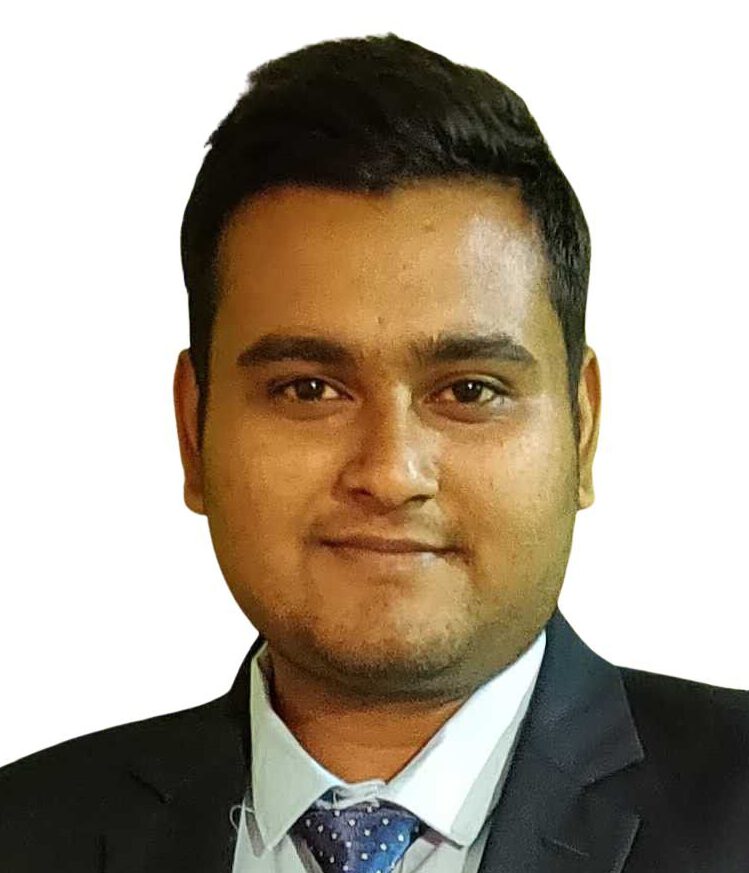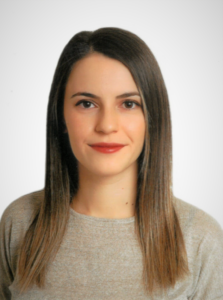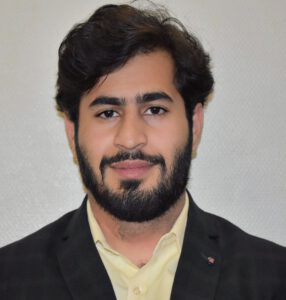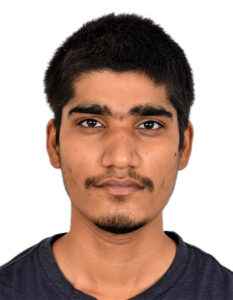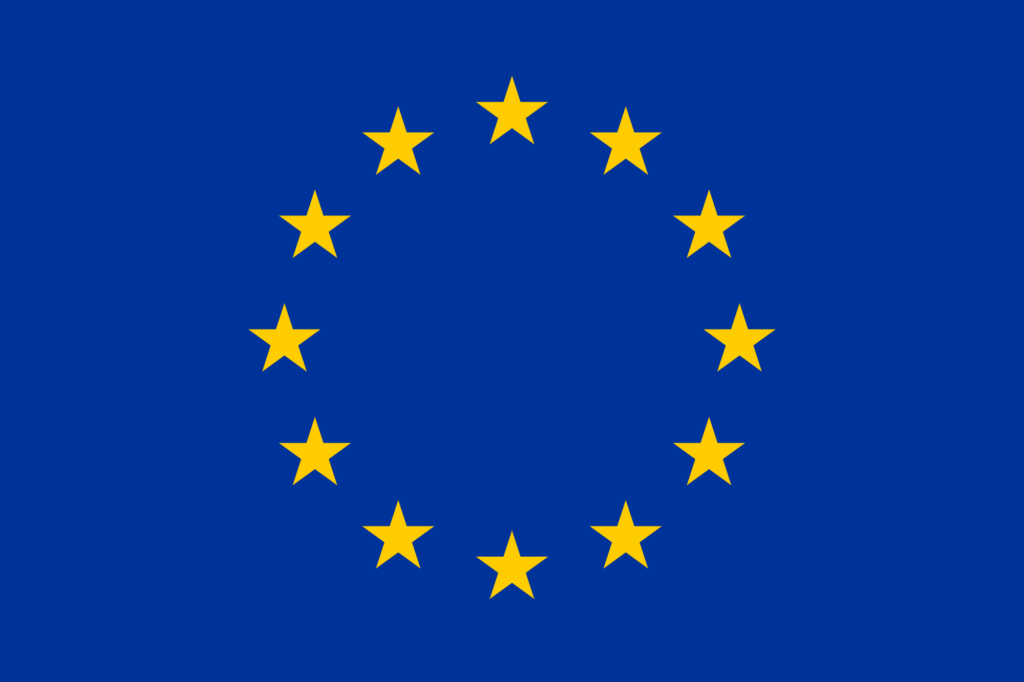Researcher: Himanshu Gohil
Researcher CV: Himanshu Gohil obtained his Bachelor of Science degree in Physics followed by Master of Science in Nanoscience and Nanotechnology from University of Mumbai in 2019. His Master’s dissertation was on „Finite Element Method Simulations and Experiment of Dielectric Whispering Gallery Mode Resonator for Sensing Applications at Terahertz Frequency“.
Subsequently, He joined the Department of Condensed Matter Physics at Tata Institute of Fundamental Research (TIFR), Mumbai, India and worked as a Research Assistant until May 2021. His research background includes Electromagnetic Waves Numerical Simulations, Material Study and Characterisation using various THz spectroscopy techniques, and Fabrication of Metamaterials and Optical Nano-structures.
He is pursuing his Ph.D. at RAL Space (Rutherford Appleton Laboratory) – a UKRI (UK Research and Innovation) organisation in UK in collaboration with UCL (University College London).
Objectives: The purpose of this research is to build an integrated heterodyne THz receiver for ≥ 300 GHz.
Expected Results: This project targeted outcome is for the ESR to apply power combining approaches to build a GaAs or InGaAs heterodyne receiver with a photonic local oscillator. The researcher will work to combine UCLs strength in UTC photodiodes with RAL waveguide Schottky diode technology. They will first investigate and trade off on-chip and hollow metal waveguide power combining from UTC photodiodes. She or he will design the devices, then assemble and test the power combined source. The optimum combination will then be packaged with a Schottky diode based frequency multiplier to generate the local oscillator signal for a sub-harmonic mixer. The resulting device will be characterised in terms of conversion loss, noise temperature and tuning bandwidth, with the goal to attain the current state of the art, as reached by microwave pumped mixers. This project will achieve several integration firsts, and will provide the ESR with an excellent training in numerical and practical aspects of photonic and conventional Schottky terahertz design.This research work will contribute to answering TERAOPTICS’ research Challenge III and V.
Planned secondment(s):
- to MWP (Mr. Rymanov), M12 for ~2 months, for preparing high power photodiodes
- to UCL (Prof. Cyril Renaud), M30 for ~ 2 months, for testing the integrated receiver using high optical power

